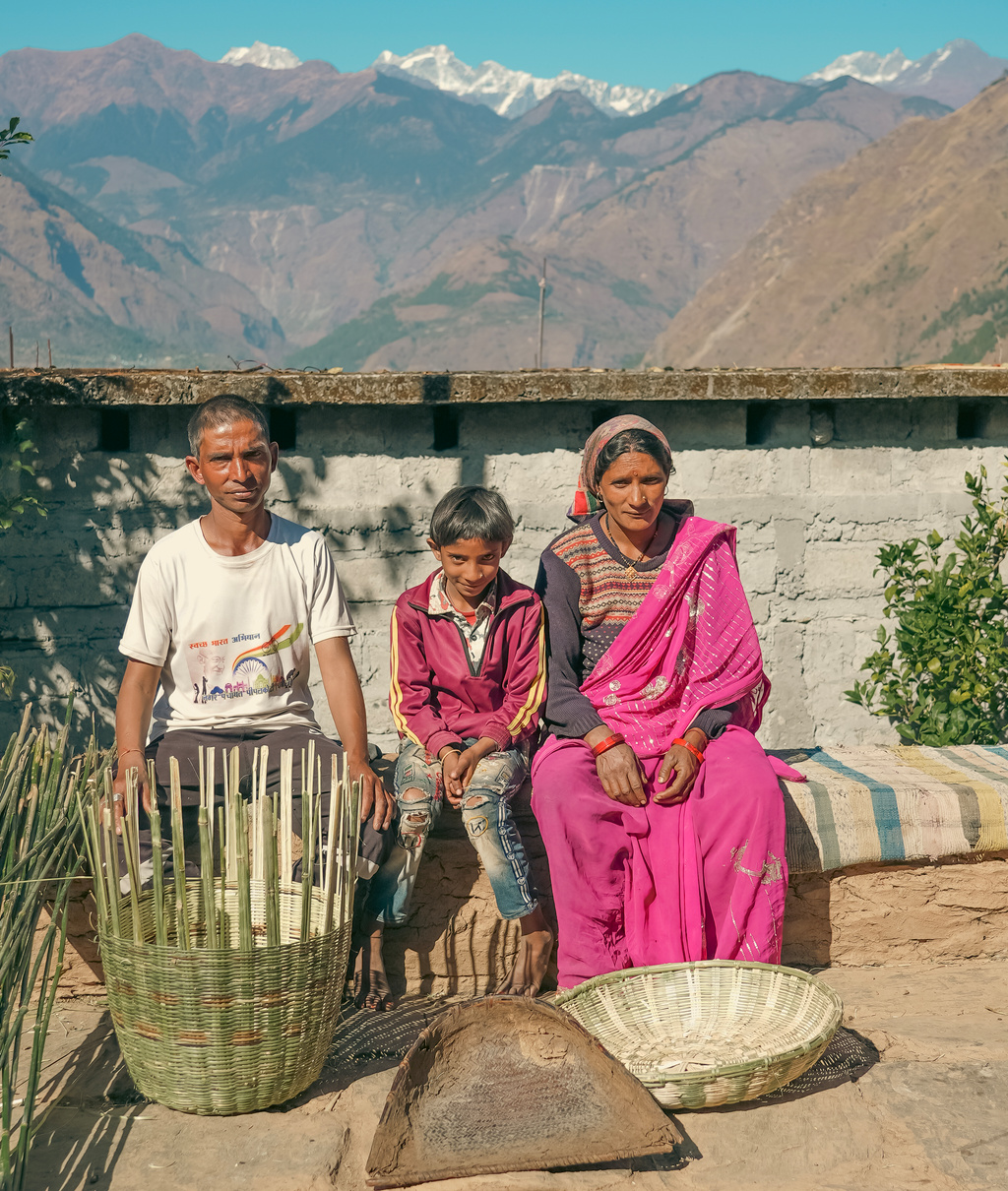
Three lives, one craft—Shankar Lal with wife and son, 2024, ringaal bamboo; photo: Soumitra Bhattacharya
Soumitra Bhattacharya walks with a ringaal weaver from Kiruli village, Chamoli district, in the Himalayas.
(A message to the reader.)
Shankar Lal’s hands move like they’ve always known what to do. There’s a certain rhythm to it—steady, sure, and almost quiet. He doesn’t hum, but if you watch long enough, you can hear something. The soft rustle of split ringaal. The scrape of a blade smoothing the edge. The faint creak of bamboo bending, not breaking. It’s a song, just not the kind you’d play on a speaker.
He learned it not from books, but from his father’s back, hunched over in the courtyard, weaving baskets before the sun got too hot. As a boy, Shankar would sit nearby, pretending not to watch, but always watching. “It wasn’t taught,” he once said. “You just picked it up—like the smell of smoke in your clothes.”
At twelve, he tried weaving one on his own. It came out lopsided. His father laughed but didn’t correct him. He only said, “Try again tomorrow.” Shankar did. And he hasn’t really stopped since.
Now in his fifties, he still works with ringaal, a dwarf bamboo that grows wild in the hills of Uttarakhand. It’s not the easiest material—strong but fussy. If it’s too dry, it cracks. If it’s too green, it won’t hold shape. But Shankar knows how to read it like the weather. His fingers test it by feel, not formula.
Unlike his father, who made large grain baskets for storage, Shankar prefers smaller pieces—flower pots, mats, and wedding baskets. “I like the details,” he says. “They make you slow down. They ask for patience.”
But the real weight in his work isn’t in the size of the basket. It’s in what it holds. In his village, a chanbra is used to carry a bride’s new clothes. A soop holds rice during the kanyadaan. A large kandi collects rotis cooked by neighbours during a wedding feast. These aren’t just baskets. They carry memories, meanings, and moments that won’t come again.
To find ringaal, Shankar walks, sometimes twenty kilometres through the hills. It’s always uphill first, which he jokes is the “tax for good bamboo.” The bundles can weigh over forty kilos. He returns home with them strapped across his back, legs sore but eyes alert.
Lately, he’s been planting ringaal near his own fields. He knows it’ll take years to grow. Maybe six. Maybe seven. “It’s for later,” he says. “For the boy, if he wants it.”
When asked if his son is learning the craft, he shrugs. “A little. He watches. Like I used to.”
Back home, the green stalks get sorted, cleaned, and soaked if needed. The smell of damp bamboo fills the air. The courtyard becomes a workspace, a quiet factory with no machines. If the weave is tight and the pattern neat, the basket will last for years. But for that, the ringaal must be treated.
Smoke curls
Shankar doesn’t flinch when he talks about cow dung and cow urine. It’s not said with embarrassment or pride either. Just fact. Like talking about soap or sunlight.
“This is what we’ve always used,” he says, dipping his hand into the soft, dark mix and smearing it across the base of a freshly woven basket. “It keeps the insects away. Makes it last.”
The dung is collected fresh, usually from their own cows. No shortage of it. Mixed with a bit of aged cow urine, it turns into a kind of protective coat—natural, breathable, and surprisingly effective. Shankar lets it dry under the sun until it hardens into a fine crust. No gloss. No smell after a while. Just a thin shell that insects seem to avoid.
It isn’t beautiful. It isn’t modern. But it works.
“They used to do this even in my grandfather’s time,” he says. “We don’t question it.”
And then there’s the smoke.
Once the baskets are dried, they go over a slow-burning fire. Not flames—just heavy smoke. Damp leaves, a bit of husk, sometimes pine needles if any are lying around.
“The smoke takes out the sweetness,” Shankar explains. “The sugar in fresh bamboo attracts bugs. But smoke dries it, changes it.”
It’s not a quick process. He sits by the fire for hours, turning the baskets slowly, making sure the smoke curls through every corner. The smell clings to your clothes, settles in your hair. But Shankar doesn’t mind. “It reminds me of home,” he says.
He learned all this not through instructions, but observation. His father never explained it—just did it. And Shankar followed.
“These are not things written in any book,” he says. “You only know them if you live them.”
For him, the dung, the urine, the smoke—they’re not crude. They’re clever. They’re part of a deeper knowing that has lived in the hills far longer than any NGO or craft training brochure.
It’s easy to dismiss, he knows that. But for generations, this is how baskets have stayed intact through long monsoons, survived storage in mud houses, and kept their shape even when stuffed with rotis, lentils, or a new bride’s trousseau.
In his mind, this knowledge is no less sacred than the weaving itself.
- Tools, shadows, baskets—Shankar Lal’s open-air studio, 2024; photo: Soumitra Bhattacharya
- Work and quiet company in the village courtyard, 2024; photo: Soumitra Bhattacharya
- Weaving paused—details of ringaal up close_2024_ringaal bamboo; photo: Soumitra Bhattacharya
- Play of light and shadow on a ringaal basket_2024_ringaal bamboo; photo: Soumitra Bhattacharya
- Hands at work weaving life into ringaal_2024_ringaal bamboo; photo: Soumitra Bhattacharya
- A brief pause between weaves_2024_ringaal bamboo; photo: Soumitra Bhattacharya
Over the mountain
“These are the ways of the mountain,” he says. “They’re simple. But they don’t fail.”
Shankar used to sell his baskets at the weekly haat, walking to Karnprayag with a sack of goods and hope. But the roads got worse. His knees got worse. So when a non-profit started placing bulk orders and sending people to collect from the village, it felt like a blessing. “Now they come to me,” he says, smiling. “I don’t have to shout in a market anymore.”
Even so, the money isn’t much. Enough to get by, if you don’t ask for too much, his wife grows rice and wheat in a small patch of land. The children help when they can. Life rolls on, slowly but not always gently.
He remembers a time when festivals brought the village together. “Holi. Diwali. Weddings,” he lists, eyes brightening for a moment. “Everyone would gather. We’d cook together. Fill the baskets with rotis, sweets, everything.” Then he pauses. “Now? People just stay home. They don’t visit. Don’t share.” He shakes his head, not angry, just tired.
There are rifts too—old arguments that fester, neighbours who no longer speak. “A fight happens, and that’s it,” Shankar says. “People stop coming. No one says sorry. No one forgets.”
His own extended family has scattered. Weddings bring them back sometimes, but even those feel different now—quieter, thinner. “You feel the gaps,” he says. “Like something’s missing but you can’t say what.”
Years ago, he travelled to Kerala for a training program. The food surprised him first. “No rotis,” he laughs. “Everything was rice and meat. Even breakfast.” The coconut, though, that stayed with him. “They use every part of it. The leaf, the bark, even the water.”
He admired the way crafts in Kerala were alive, visible, and valued. “They had shops. Centres. Government help.” It made him wonder what could be done for ringaal back home. “We don’t ask for much,” he said. “Just enough to keep going.”
He still regrets not taking a camera. “There was so much to see. I wanted to show my wife. My children.” His voice trails off. “Now I just tell the stories. If they listen, they’ll know.”
His son watches
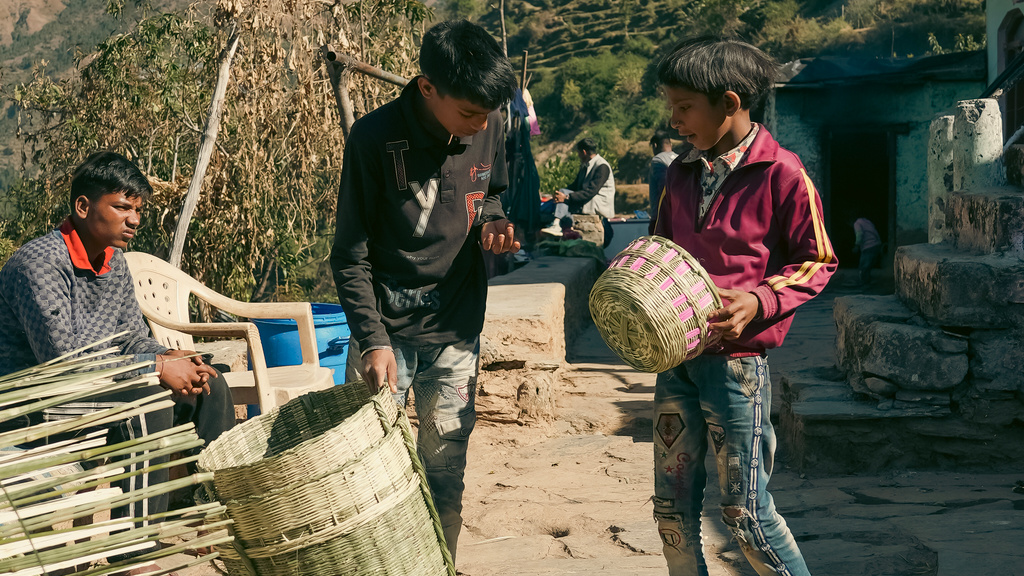
Sometimes, when the weather is good and the baskets are done, Shankar sits outside with his son. The boy is young—restless—but he watches. Not always closely, not like Shankar did as a child, but the spark is there.
“I don’t force him,” Shankar says. “If he likes it, he’ll learn. If not, then what can I do?” There’s no bitterness in his voice. Just the tone of a man who knows that time chooses its own rhythm.
Still, he hopes.
Not for money, not for fame—just for the craft to live. “It’s something our ancestors did. I’d feel sad if it disappeared.”
He remembers dropping out of school after the fifth standard. His mother had died, and his father had too much to handle alone. School stopped. Life began.
The bamboo strips became his alphabet. His father’s workbench, his classroom. “I didn’t learn much from books,” he says. “But I learned how to survive.”
And survive he did. Through lean harvests, through health scares, through changes that crept in slowly—roads that came but brought nothing, phones that connected but left people more distant.
Even now, surrounded by the familiar smell of bamboo and cow dung, there’s a sense of change he can’t quite name. Not good. Not bad. Just… different.
But every time he picks up a fresh stalk of ringaal, slices it clean, and begins to weave, something returns. A calmness. A memory. A reason.
These baskets aren’t meant to last forever. They fray. They break. People throw them out. But for a while, they hold things—rotis, clothes, wedding sweets, sometimes even grief.
Shankar doesn’t mind that. “Even a broken basket once had a use,” he says.
What he weaves now is not just for the market. It’s for the future—thin threads of hope twisted into shape, held together by patience.
When asked if he’d ever leave the village, try something else, he laughs softly.
“Where will I go? This is where I learned everything. This is where I’ll stay.”
There’s no grand plan. No rescue mission. Just one man, a pile of bamboo, and a story he keeps telling—quietly, carefully, one weave at a time.
About Soumitra Bhattacharya
 I live in the foothills of the Himalayas, in a small house by the sal forest near Dehradun. I’m a photographer, graphic designer and researcher with a long engagement in the craft sector across Gujarat, Maharashtra, and now Uttarakhand. After years in design education and practice, I’m now focusing on documenting lesser-known artisan stories and reviving my old design studio, Studio Firefly.
I live in the foothills of the Himalayas, in a small house by the sal forest near Dehradun. I’m a photographer, graphic designer and researcher with a long engagement in the craft sector across Gujarat, Maharashtra, and now Uttarakhand. After years in design education and practice, I’m now focusing on documenting lesser-known artisan stories and reviving my old design studio, Studio Firefly.

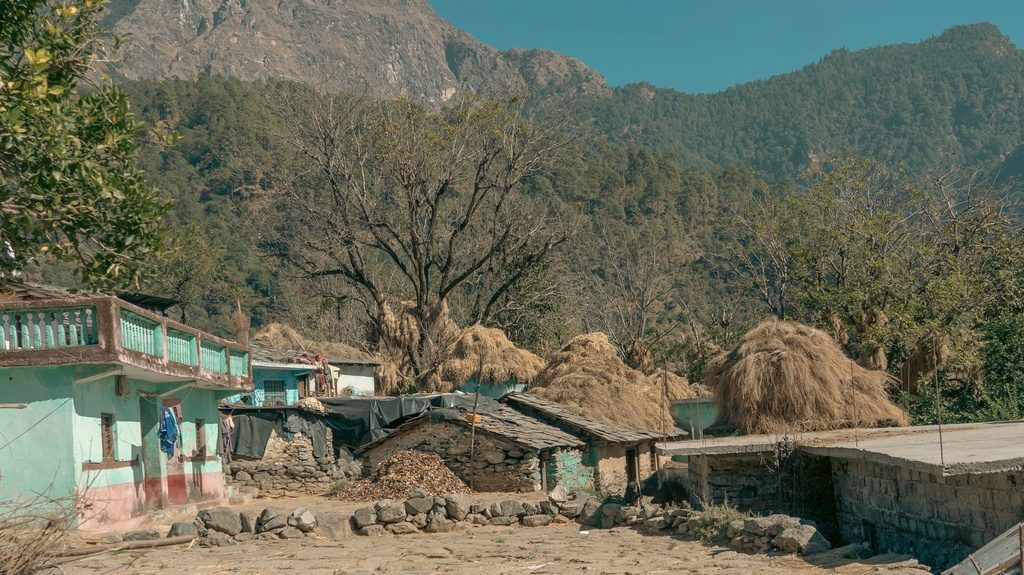
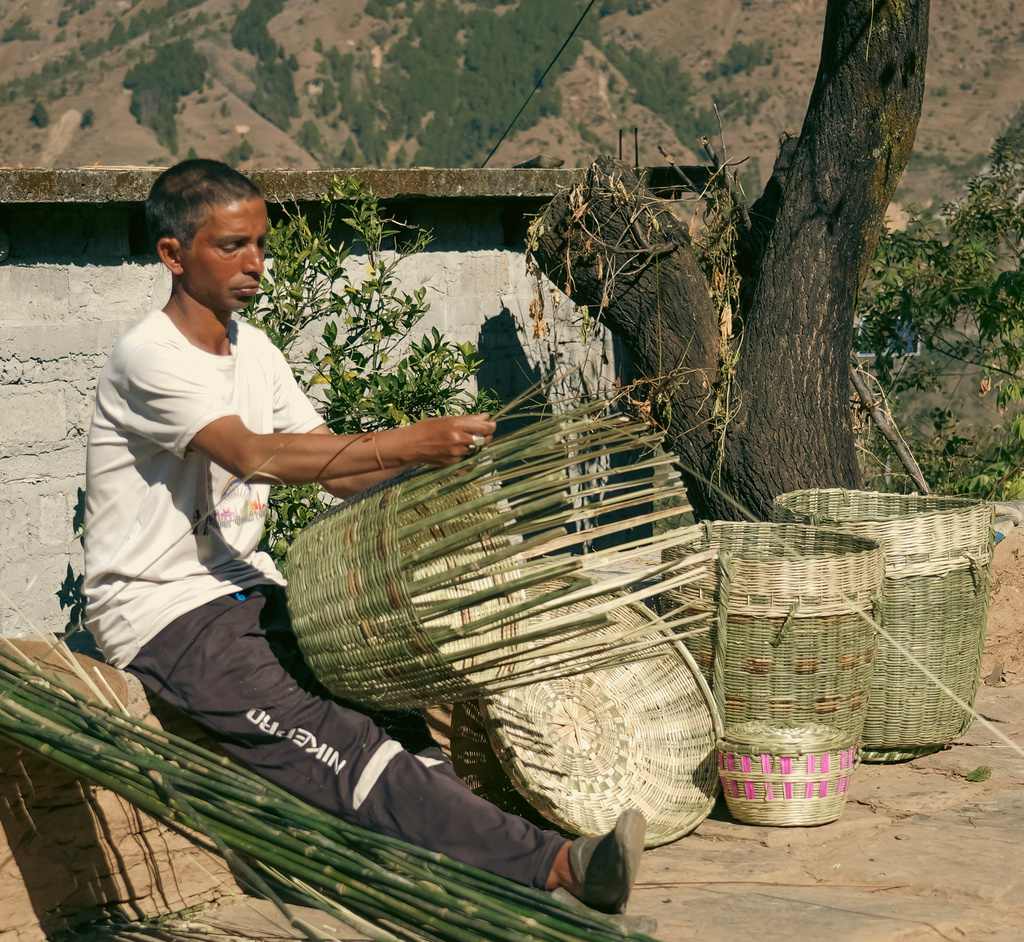
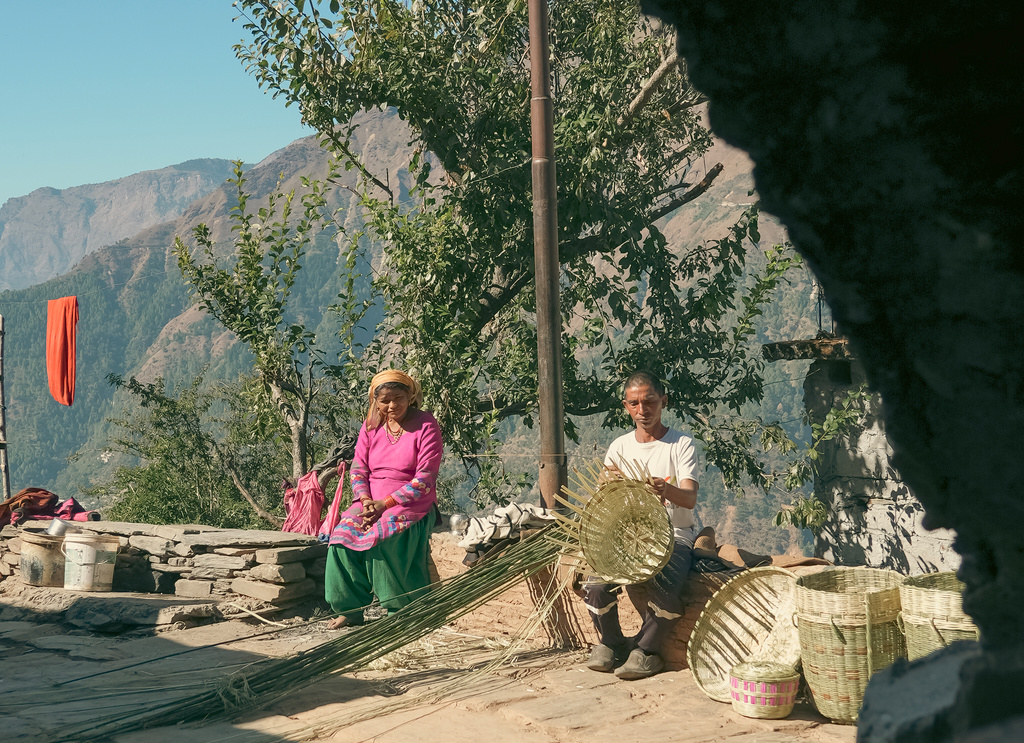
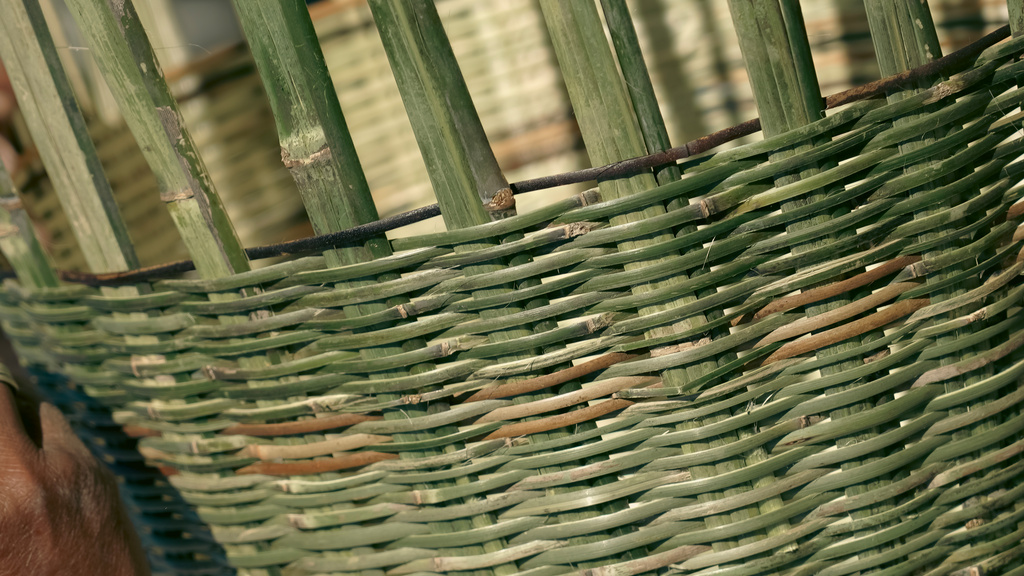
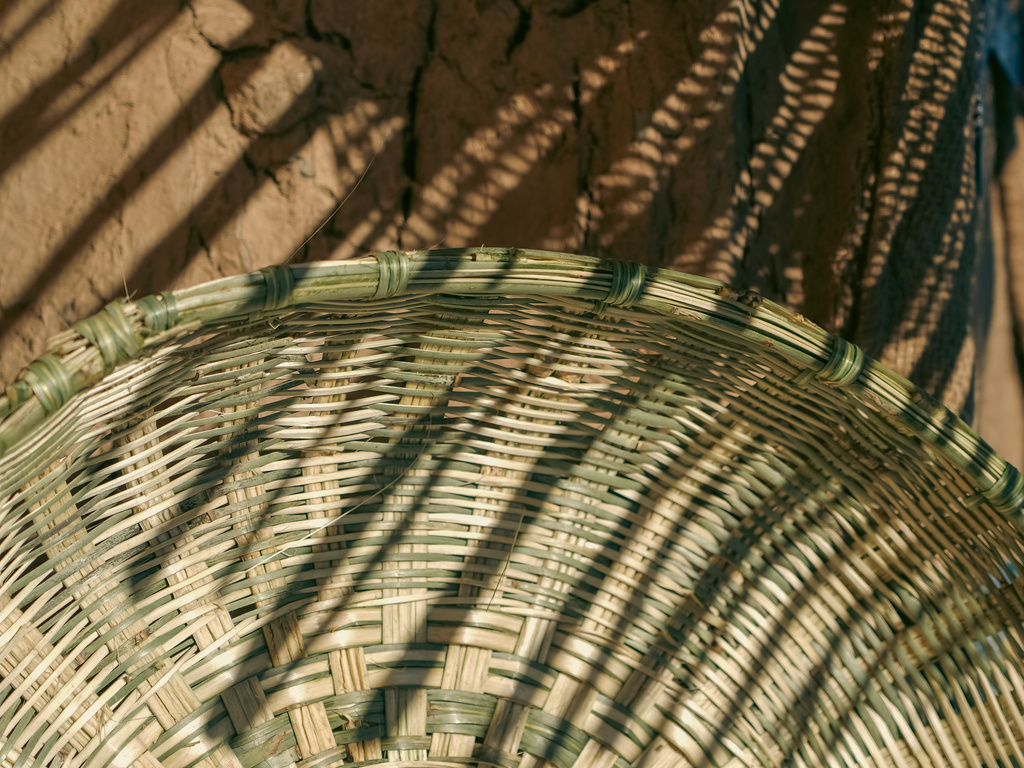
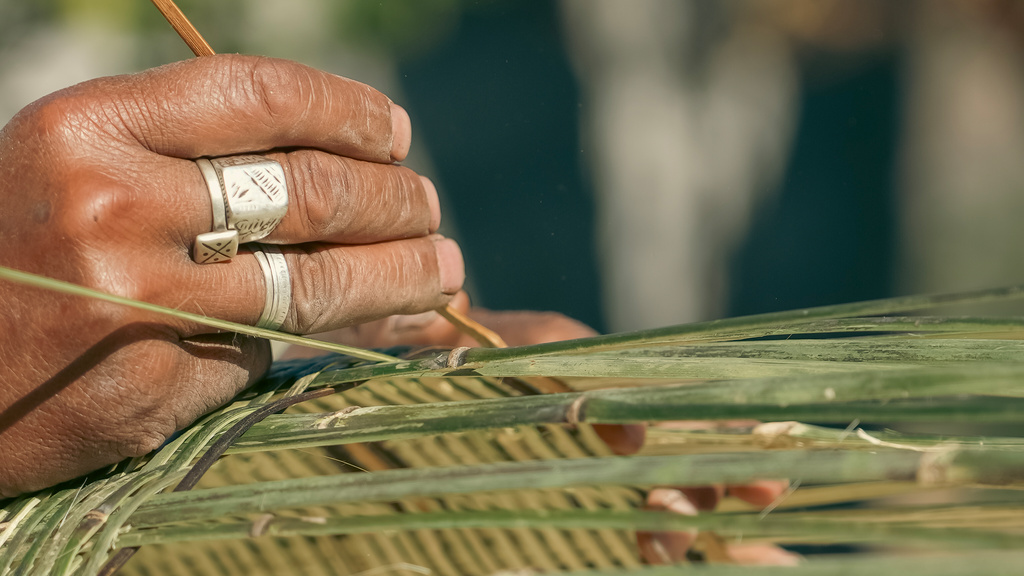
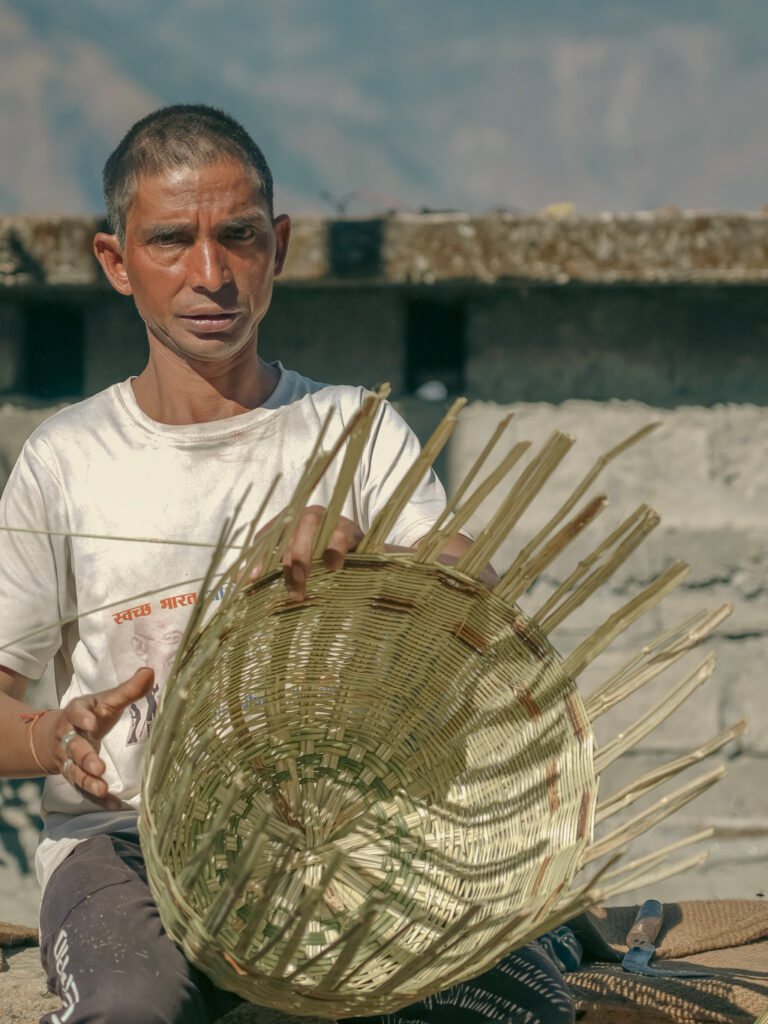

Comments
You covered a great story Soumitra. Ringal weaving art is slowly getting resolved despite many govt programmes. May be such programmes need to shift their approach altogether to save the art and artisans. All the best.
Please read dissolved for resolved:)
Thank you so much. You’re right, many government efforts don’t go deep enough. Most don’t truly listen to the artisans. Programs often focus on market linkages or token training, but ignore daily struggles, local wisdom, or what the craft really means to those who keep it alive.